
(Review by John Dougill) Last night our friends at Kyoto Journal put on a spoken word event to coincide with the wonderful exhibition they mounted of foreign artists in Kyoto (until Feb 18). The venue was an attractive and spacious machiya, or former merchant’s house, and the display of artistic talent was quite stunning, ranging from calligraphy through installations and contemporary artwork (several of the artists have been exhibited in prestigious institutions abroad).

(photos by John Dougill)
It was in this remarkable setting that performers entertained a crowd of some 40 people for over two hours. It was very much a throw-back to the great Kyoto Connection events of the 1980s and 1990s, indeed MC and organiser Ken Rodgers made a conscious link with the now legendary showcasing of talent by evoking the spirit of the past and suggesting this was a continuation – no. 142 in an ongoing series. To emphasise the point, he produced a broad sheet with pictures and articles about the Connections of the past – music, poetry, taiko, dance, comedy, readings and magic, so much magic. How the memories came flooding back.
Amongst the gems in Ken’s broad sheet is an article on Foreign Writers in/on Kyoto, in which he gives a broad survey of the literature ending with, I’m pleased to say, Writers in Kyoto Anthology 3. It was also good to see WiK members prominent among the performers (8 out of 12). Opening the first set was Gary Tegler who read in his melodious voice a piece by Pico Iyer. He also closed the set with an inspired piece of improvisation to the trenchant lines of Robert Yellin’s verse, the latter of which was drawn from Robert’s poetic self of thirty years ago when pottery first fired his imagination.
Judith Clancy’s humorous account of ‘Life in the Slow Lane’, based around her experiences at the local swimming pool, elicited many a knowing chuckle from the audience and was reminscent of the table-tennis club in Pico Iyer’s Autumn Light. Kevin Ramsden repeated the performance of his award-winning rap, Kyotomojo, which he had previously recited at WiK’s bonenkai in December. Most of the audience had not heard it before and were delighted by the rhythm and the patter. In his introduction Kevin noted how it had been written over an evening’s drinking, inspired by the spirit/s of place. He also expressed how pleased he was to win the Local Prize of the Writers in Kyoto Competition, and how much he appreciated the pottery prize given to him by Robert Yellin as he was able to drink from it.

The second set included a thoughtful reading by Lisa Wilcut of her piece on ‘Ukifune’s Window’, an imaginative rendering of the tragic princess from the later chapters of Genji Monogatari. This was followed by John Dougill’s short piece on his first visit to Kyoto in 1975, and how a decade later he came upon the Kyoto Connection while isolated in Kanazawa. Rebecca Otowa then gave ad lib account of the lead story in her newly published collection, The Mad Kyoto Shoe Swapper. Her on the spot decision to retell the imaginative piece of fiction (rather than read it out) was more than justified by the way the audience reacted to the unfurling of the story, with people eagerly wondering how it might end.
Congratulations to Kyoto Journal for putting on such a special exhibition, and double congratulations to Ken Rodgers for another magical Kyoto Connection!

****************
For an account of a dinner talk by Judith Clancy, see here. For a piece of fiction by Kevin Ramsden, click here. For Robert Yellin on saké, poetry and pottery see here or here or here. For Lisa Wilcut on a year of seasonal haiku, see here. For a self-introduction by Rebecca Otowa see here, and for one by John Dougill click here. For pieces by Ken Rodgers, see this travel article, or this D-Day memoir, or this celebration of Kyoto Journal’s 30th anniversary.





(photo John Dougill)




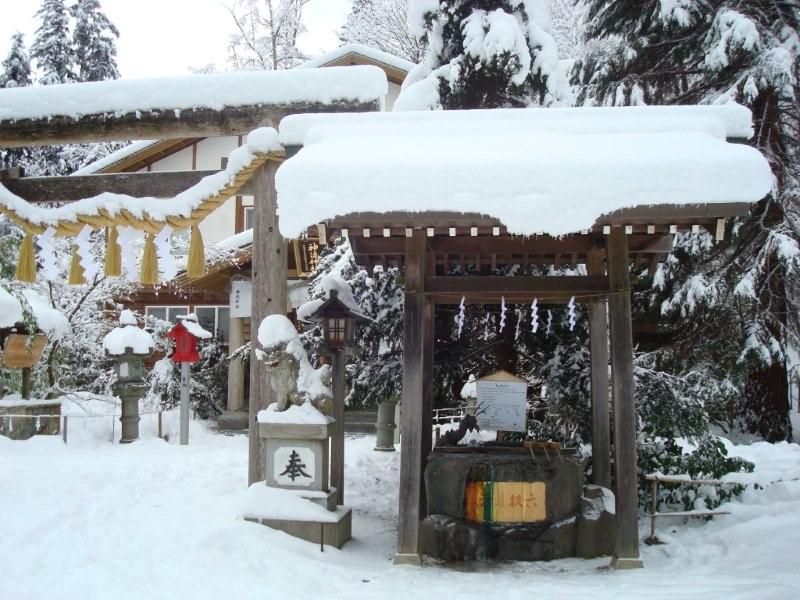


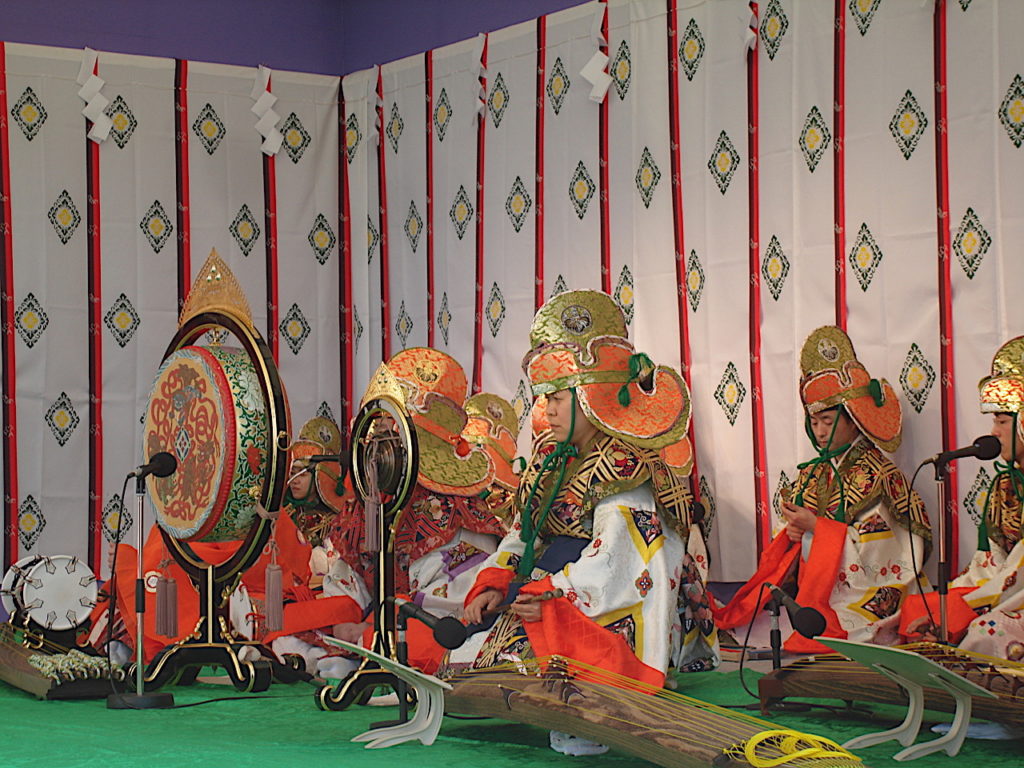
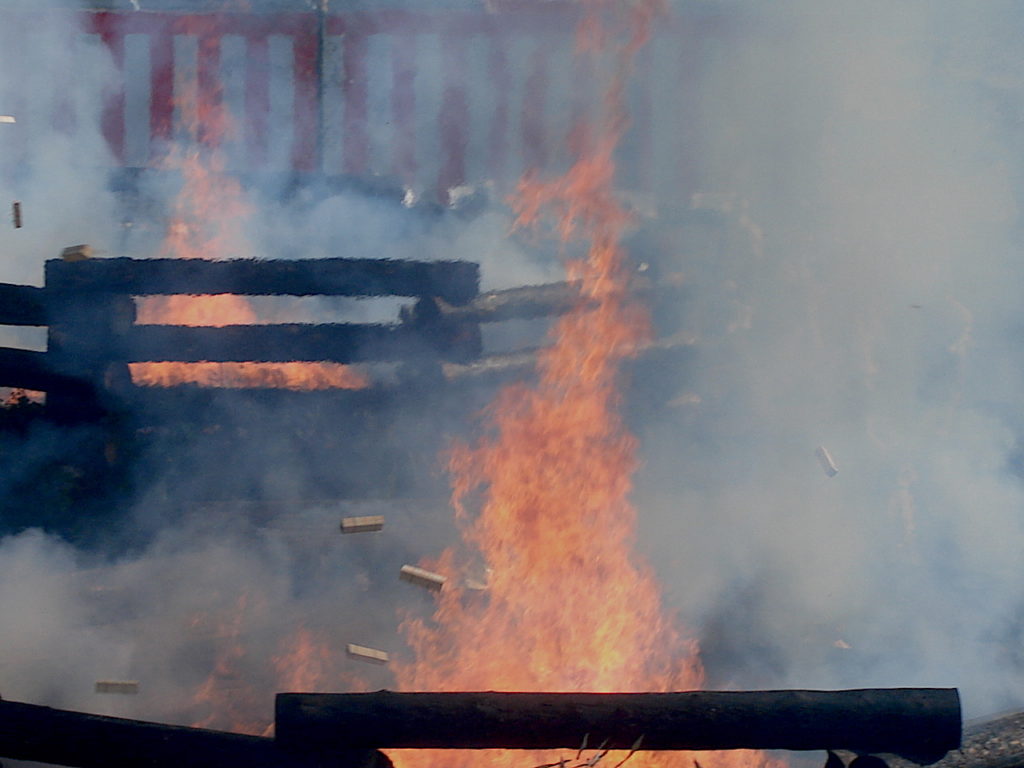
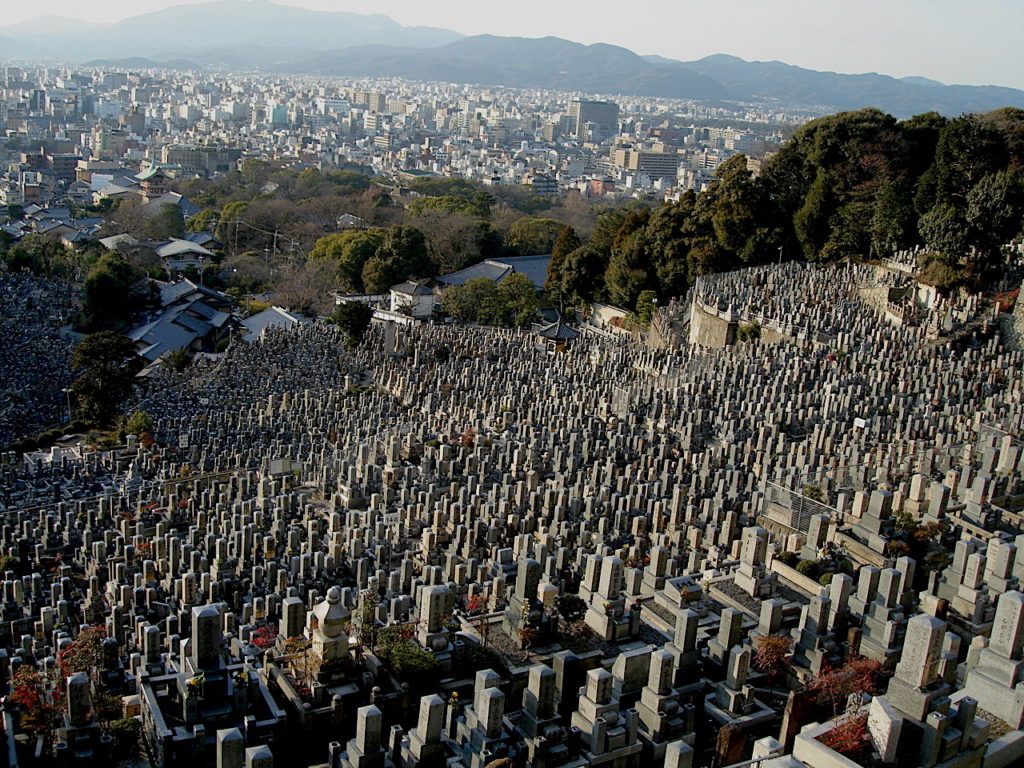
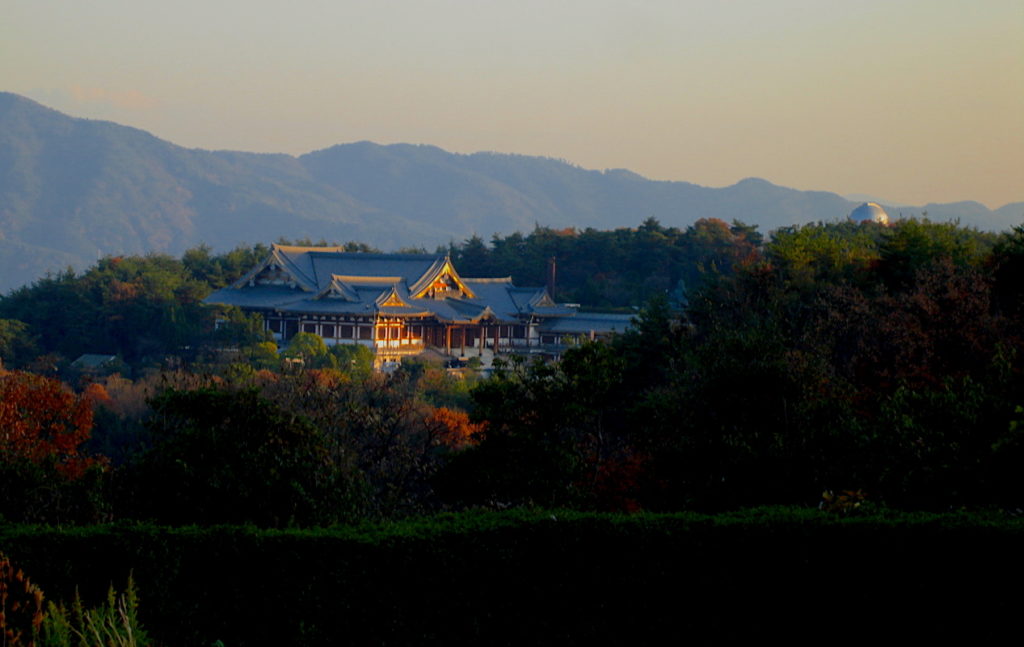












Recent Comments